A review of Restoring Neighborhood Streams: Planning, Design, and Construction. By Ann L. Riley. 2016. Island Press, Washington, D.C. ISBN: 9781610917391. 288 pages. Buy the book.
The basic challenge of restoring urban streams that support diverse environmental, social, and ecological functions is that these functions are inextricably linked to the surrounding watershed. Development in urban watersheds changes vegetation cover, soils, flow paths, and the volume and frequency with which water, sediment, and pollutants are delivered to a stream. Consequently, urban stream restoration, which usually focuses on a relatively short homogenous section of stream (a stream reach), has limited ability to address causes of degradation related to watershed development.
Research going back decades shows that streams in watersheds with as little as 10 percent impervious, or hard, surface (which is typical of suburban landscapes in the U.S.) exhibit signs of worse biotic health than streams in watersheds with less hard surface. When more than 30 percent of the land cover in a watershed has been developed, restoration goals for streams are usually, at best, aesthetic. In such stream systems, much research suggests you could not hope to restore ecological function; fughettaboutit, as one might say in Brooklyn, New York, where impervious cover is over 40 percent.
Anne Riley provides a rejoinder to this common tenet that urban streams cannot be restored beyond superficial appearances in her new book, Restoring Neighborhood Streams. Instead, she argues, urban stream restoration can be ecologically effective, affordable, and compatible with urban stormwater management and development constraints. She makes this claim in the face of the ample literature that paints a discouraging picture of the prospects for reestablishing ecological functions in streams through reach-level restoration projects in sub-urban, much less urban, watersheds. Riley does this by telling the story of gritty and inspiring local efforts to unearth and reconstruct urban streams. Her book is a summary of her 30-year experiment, as she calls it, to prove that urban stream restoration is possible. Anne Riley provides plenty of evidence that stream restoration projects are worthwhile. But she also makes clear that the degree of restoration that can actually be accomplished, how sustainable it is, how much work must be done in the watershed to truly effect it, and how feasible that is, are all extremely difficult questions with different answers for each stream, watershed, and urban context.
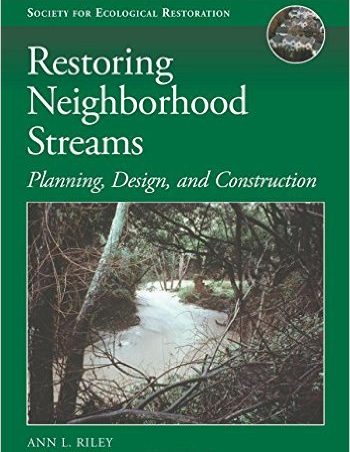 For those who already believe that efforts to restore ecological functions in urban systems are worthwhile, this book provides case studies that underscore the value of urban stream projects and some general principals of stream restoration design drawn from Riley’s own experience and others’. Practioners in the field of stream restoration will empathize with the missteps described at some sites, and the repeated lesson that trying to restore an urban stream means facing not only physical, but also economic, political, and social-cultural challenges.
For those who already believe that efforts to restore ecological functions in urban systems are worthwhile, this book provides case studies that underscore the value of urban stream projects and some general principals of stream restoration design drawn from Riley’s own experience and others’. Practioners in the field of stream restoration will empathize with the missteps described at some sites, and the repeated lesson that trying to restore an urban stream means facing not only physical, but also economic, political, and social-cultural challenges.
However, for others, who believe urban stream restoration projects do not typically restore significant in-stream ecological functions—just as reach-level projects often do not achieve this effect, even in rural settings—this book does not present systematic indisputable ecological research to dispel that position. However, it does give varied examples of how urban stream restoration projects provide essential first steps towards ecological and other functions by establishing necessary physical and vegetative structures and processes previously absent, transforming a neighborhood, giving communities access to and understanding of heretofore hidden resources, and enabling people to better advocate for water quality protection.
In her first chapter, Riley acknowledges the huge challenges to achieving ecologically diverse, dynamic, and otherwise functioning streams in constrained urban environments, where it is usually cost prohibitive and infeasible to secure space for a functioning floodplain, or to reverse ongoing impacts from a degraded watershed. In addition to physical and financial challenges, she recognizes that public support for planning, investing in, and maintaining urban stream restoration efforts is critical. To introduce her argument, she points to a poster child for urban stream degradation, the Los Angeles River. There, local sections of the concrete trapezoid channel are “recovering” thanks to the disintegration of the concrete bed and accumulated sediments that allow this channel to exhibit forms and sediment transport processes typical of a naturally occurring channel. Federal and local support for system-wide planning has the potential for transforming miles of this engineered waterway. The rest of the stream restoration case studies Riley provides for her thesis are all located in California’s San Francisco East Bay region, but are much smaller than the Los Angeles River.
In her second chapter, Riley addresses the question of how to define restoration, particularly in the case of urban streams, where returning a river to its pre-development condition is impossible. After presenting the history of various definitions, she identifies a common theme. Restoration is the act of altering a site damaged in some way by human actions to try to achieve a certain condition (whether completely indigenous or historical, or not), with representative structures, functions, diversity, or dynamics. To engage in restoration is to identify key variables of a target or reference condition that form the guide for any plan or design. This definition of restoration suits the urban condition, where only some natural and pre-disturbance structures and processes can be re-established at any given site or in any given project. Consequently, in the “hierarchy of restoration”, urban stream projects can never reach the top tier of historic restoration.
But Riley contends we should not be satisfied with just the bottom tier in the restoration hierarchy, channel enhancement, where only surficial features are modified to create a natural aesthetic. Instead, urban streams projects should target the creation of channels that are dynamic enough to transport and store sediment, and to support riparian vegetation (functional restoration), and that can eventually even support biological communities and processes, such as those characterized by diverse benthic aquatic species (ecological restoration).
Riley refers to 15 critical functions that should be considered in developing target objectives for stream restoration. In urban watersheds, however, she points out that it is impossible to re-establish hydrologic and other processes that are needed to support all natural stream functions. Consequently, Riley proposes seven measures for success against which to evaluate urban streams. These include:
- Create an ecologically dynamic environment;
- Improve ecological conditions;
- Increase resiliency;
- Do no harm;
- Do ecological assessments;
- Create learning about Restoration Planning, Design and Construction for Future;
- Create community benefits.
Along with this kind of general guidance to planning and design considerations (this is no how-to book), Riley provides an overview of approaches to restoration that she calls “schools of restoration.” The historical context she gives provides a useful, succinct overview, particularly for a reader new to this field of restoration.
Riley recounts numerous case studies in Chapter 3, sometimes with a level of anecdotal detail that may only appeal to a very narrow audience familiar with the East San Francisco Bay area, where Riley’s case studies occur. Still, the particulars, at least in a few examples, demonstrate just how appropriate the title is for this book. These neighborhood projects are often driven by particular advocates; community and government personalities; engineering and infrastructure conventions; site histories and funding opportunities; regulations and ordinances; and economic and development circumstances. Though it is possible to wade through these project stories and draw parallels to examples elsewhere (such as cases around the country), it may be more satisfying to skim through these examples; readers can go back to them later for more details, especially when these cases are called upon in later chapters as justification for Riley’s main arguments about the value of urban, reach-level stream restoration projects.
Practitioners reading the case studies to gain guidance on methods, approaches, and tools that apply universally to stream design approaches will not always have an easy time extracting instructive information/design lessons. Fortunately, in her last chapter, Riley explains more clearly how she invoked various schools of restoration in the approaches she describes being taken in the various stream cases. Several planning and design principles emerge here, including: finding a reference condition for empirical guidance; understanding historical ecological / hydrologic, and watershed conditions; maximizing natural floodplain availability and pursuing opportunities to make that happen (e.g. through acquisition); utilizing analytic approaches to help predict design performance; and developing an educated community’s support.
Riley’s book often reads like a memoir, as she recalls her personal history in the stream restoration field, and interactions with renowned experts and practitioners. Some of the stories she includes—such as recounting her failed effort to start a lasting stream restoration practicum in collaboration with her local university—seemed a bit like sour grapes. With the information she provides in that particular anecdote, it became easy to envision other perspectives that were not fully presented. Those kinds of small, personal failed experiments are out of place in a book aiming to build a convincing argument for urban stream restoration. Given the expansion of stream restoration projects, training programs, workshops, conferences, and academic programs over the decades, it would have been more helpful to hear of examples where efforts to integrate academia and practice in stream restoration are continuing.
Riley’s arguments for urban stream restoration are most convincing when they emphasize the role that these projects can have in transforming and empowering a community, both through physical change and education. Scientists and designers involved in urban stream projects need to be educators, and to guide expectations for what a stream will look like that tries to mimic natural form and processes. If that is successfully accomplished, and the community embraces a section of urban stream that displays nature-like stream forms and riparian structures, people become aware of what streams provide in general, and can make the connection to protecting them locally and, perhaps, regionally.
Communities can benefit from witnessing birds, fish, and animals, such as beaver, which are rarely seen in city environments. And they can actually better see what may get discharged into a stream, identify points of contamination or spills, and advocate for addressing those sources of pollution. Ultimately, the neighborhood has to value ecological structure and, ideally, function, enough to maintain these sites. To achieve that goal requires educating local communities not just during the design and construction process, but maintaining that understanding over time with new property owners, with the loss of original project champions, and with changes in community and local government priorities.
Greater access to nature and opportunities for education and engagement are outcomes of urban stream restoration that are not always valued or measured when assessing the functional success of a stream restoration project. Instead, standard ecological assessments, e.g., of stream benthic community health, are employed (sometimes, at least) to evaluate the success of a project. Riley argues that these measures of performance are not always adequate to determine effectiveness of habitat measures over time, because they do not help identify or account for impacts upstream that vary over time, whether from diffuse pollutant loads (e.g., pesticides) or other sources of contaminants, such as illicit outfalls or spills.
But it is exactly for those reasons that detractors of urban stream restoration have a case for arguing that functional ecological restoration is largely not possible in urban streams. Because urban stream restoration can be extremely expensive (often being much more costly than the examples given in this book), as well as highly visible, the question of what functions we should expect from these projects, and how effective and successful they can be, remains highly relevant. This book does not answer that question, but it provides a useful West Coast, U.S. perspective, as well as a thorough introduction to the challenges, successes, and messy realities of urban stream restoration projects at the neighborhood scale.
Riley is right to argue that we should be more ambitious in trying to achieve restoration of ecological function for two reasons. First, because this requires we take a more complex look at the factors causing degradation in a watershed, including how impervious area and the runoff it generates are connected to the stream network and how and where contaminants are entering the stream; that effort should be part of any stream restoration project. Second, because by striving for ecological restoration, Riley appropriately challenges practitioners, designers, and advocates to educate themselves as well as the community about the changes in landscape, policy, and practices that would truly be needed for our streams to deliver all the benefits they have to offer.
Marit Larson
New York City
About the Writer:
Marit Larson
Marit Larson is the Chief of the Natural Resources Group (NRG) at NYC Parks. NRG manages over 10,000acres of natural areas including forests, grasslands and wetlands, stormwater green infrastructure and a native plant nursery.






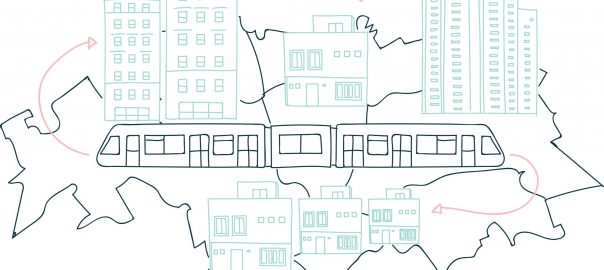
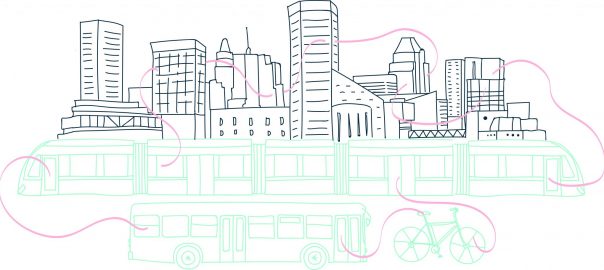
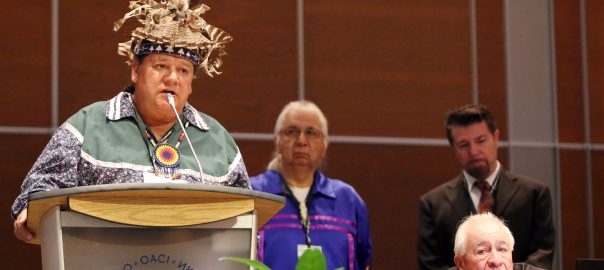
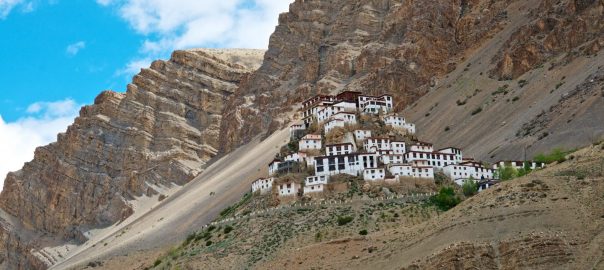
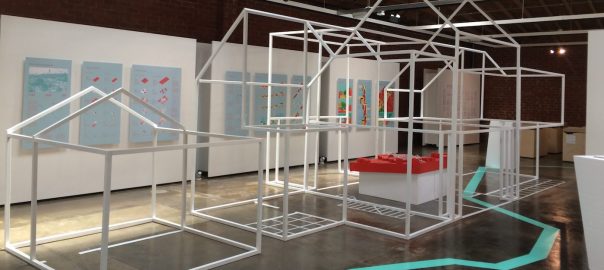
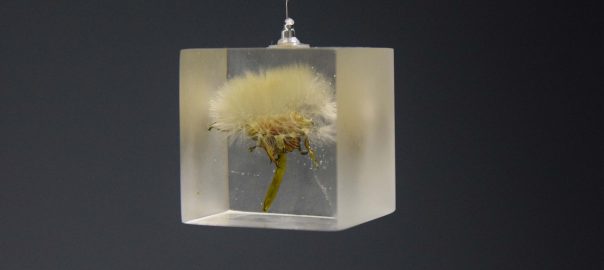
Very good article. I believe it is worth restoring ecological functions in urban systems.